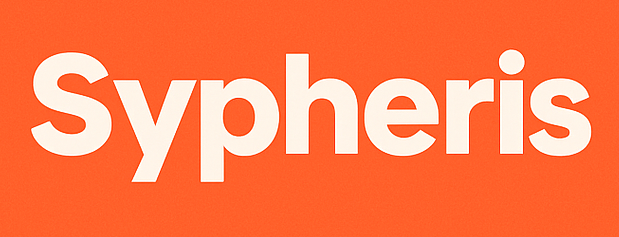Student loans are a cornerstone of higher education financing in the United States. With the rising costs of tuition, housing, and other educational expenses, understanding how student loans work is crucial for students and their families. This guide provides an in-depth look at student loans in 2025, helping you make informed decisions about borrowing for college.
What Is a Student Loan?
A student loan is a type of financial aid designed to help students pay for post-secondary education and associated fees, such as tuition, books, and living expenses. Unlike scholarships or grants, student loans must be repaid with interest.
Types of Student Loans
In the U.S., student loans fall into two main categories: federal and private.
Federal Student Loans
Offered by the U.S. Department of Education, federal loans are the most common and often have lower interest rates and more flexible repayment options. Key federal loans include:
- Direct Subsidized Loans: For undergraduate students with demonstrated financial need. The government pays the interest while you’re in school at least half-time, during the grace period, and during deferment periods.
- Direct Unsubsidized Loans: Available to undergraduate, graduate, and professional students regardless of financial need. Interest accrues during all periods.
- Direct PLUS Loans: For graduate or professional students and parents of dependent undergraduate students. A credit check is required, and interest accrues during all periods.
For more details, visit the Federal Student Aid website.
Private Student Loans
These are offered by banks, credit unions, and other private lenders. Terms and conditions vary significantly and are often based on the borrower’s credit history. Private loans may have higher interest rates and less flexible repayment options compared to federal loans.
How Do Student Loans Work?
Understanding the lifecycle of a student loan can help you manage your debt effectively.
Application Process
Federal Loans: Complete the Free Application for Federal Student Aid (FAFSA) to determine eligibility.
Private Loans: Apply directly through the lender’s application process, which may require a credit check and a co-signer.
Disbursement
Once approved, loan funds are typically sent directly to your school’s financial aid office to cover tuition and fees. Any remaining funds are then disbursed to you for other educational expenses.
Repayment
Federal Loans: Repayment usually begins six months after graduation, leaving school, or dropping below half-time enrollment. Various repayment plans are available, including income-driven options.
Private Loans: Repayment terms vary by lender. Some require payments while you’re still in school, while others offer a grace period similar to federal loans.
Interest Rates and Fees
nterest rates for federal student loans are set annually by Congress and are fixed for the life of the loan. For loans disbursed between July 1, 2024, and June 30, 2025:
- Direct Subsidized and Unsubsidized Loans (Undergraduate): 4.99%
- Direct Unsubsidized Loans (Graduate or Professional): 6.54%
- Direct PLUS Loans: 7.54%
Private loan interest rates vary by lender and can be fixed or variable. Always review the terms carefully.
Repayment Plans
Federal student loans offer several repayment plans:
- Standard Repayment Plan: Fixed payments over 10 years.
- Graduated Repayment Plan: Payments start low and increase every two years.
- Extended Repayment Plan: Up to 25 years to repay, with fixed or graduated payments.
- Income-Driven Repayment Plans: Payments based on income and family size, with potential loan forgiveness after 20-25 years.
For more information, visit the Federal Student Aid repayment page
Loan Forgiveness and Cancellation
Certain circumstances may lead to loan forgiveness, cancellation, or discharge.
- Public Service Loan Forgiveness (PSLF): For borrowers working in qualifying public service jobs.
- Teacher Loan Forgiveness: For teachers in low-income schools.
- Total and Permanent Disability Discharge: For borrowers with a total and permanent disability.
Explore all options on the Federal Student Aid forgiveness page.
Tips for Managing Student Loans
Borrow Only What You Need: Calculate your educational expenses and borrow accordingly.
Understand Your Loan Terms: Know your interest rates, repayment schedule, and any fees.
Make Payments During School: If possible, start making interest payments while in school to reduce overall debt.
Keep Track of Your Loans: Use the National Student Loan Data System (NSLDS) to monitor your federal loans.
Additional Resources
Studentaid.gov: Comprehensive information on federal student aid.
Consumer Financial Protection Bureau: Resources and tools for managing student loans.
Sypheris AI Chat Assistant: Get personalized assistance with your student loan questions.
Understanding student loans is essential for making informed financial decisions about your education. By familiarizing yourself with the types of loans, repayment options, and available resources, you can navigate the borrowing process more confidently.
If you need further assistance or personalized guidance, feel free to reach out to our support team or use our AI Chat Assistant for immediate help.
Explore More Student Finance Guides:
- Best Credit Cards for Students in 2025
- Understanding Your Student Loan
- Budgeting Tips for College Students
- How to Save Money in College
- Best Private Student Loans



